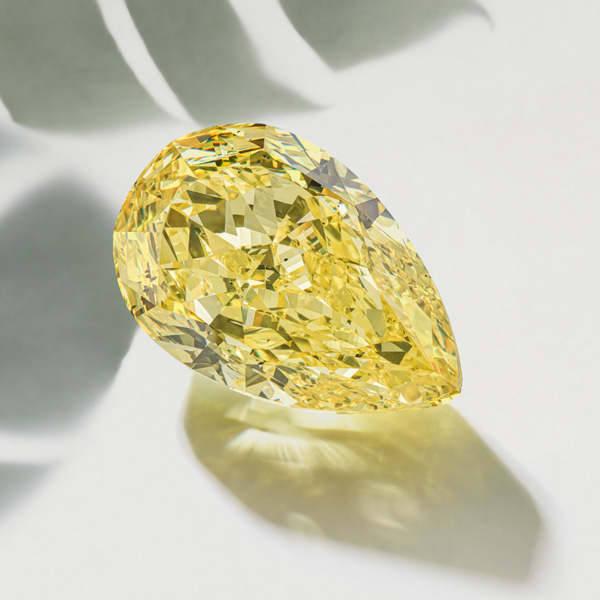
De Beers recorded its first annual loss since the aftermath of the global financial crisis as rough sales and prices slumped during the Covid-19 pandemic.
The miner’s underlying loss came to $102 million in 2020, compared with a profit of $45 million in 2019, parent company Anglo American reported Thursday. De Beers had not been in the red since 2009, according to Rapaport records.
“The onset of the Covid-19 pandemic, and measures taken by governments in response, had a profound impact on global diamond supply and demand,” the group explained. “Much of the industry was temporarily unable to operate, with up to 90% of jewelry stores closed at the peak of lockdowns, first in China, then in Europe and the US.”
Revenue slid 27% to $3.38 billion last year as the coronavirus closed stores, froze the Indian manufacturing sector, and prompted De Beers to offer sightholders unprecedented purchase flexibility. Rough sales volume fell 27% to 21.4 million carats.
The company’s rough price index, which tracks prices on a like-for-like basis, dropped 10%, reflecting reductions De Beers made from the August sight onward. The average realized price slipped 3% to $133 per carat as the miner sold a larger proportion of higher-value rough than in 2019, with both midstream and inventory mix influencing this trend.
Underlying earnings before interest, taxes, depreciation and amortization (EBITDA) fell 25% to $417 million as a result. A depreciation and amortization charge of $417 million, as well as finance costs, pushed the company out of the black.
However, an easing of restrictions and better trading conditions led to a partial recovery in the second half, with China showing an especially strong rebound and US demand “encouraging,” De Beers added.
“Recent consumer demand trends have been positive in key markets, and industry inventories are in a healthier position, providing the potential for a continued recovery in rough-diamond demand during 2021,” the company noted. Covid-19 could still affect this optimism, it cautioned.
Source: DCLA












